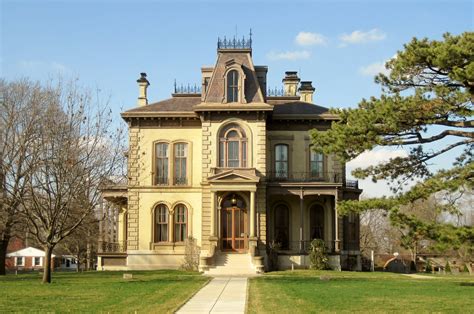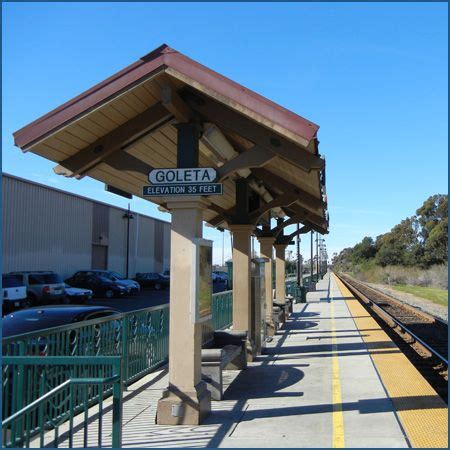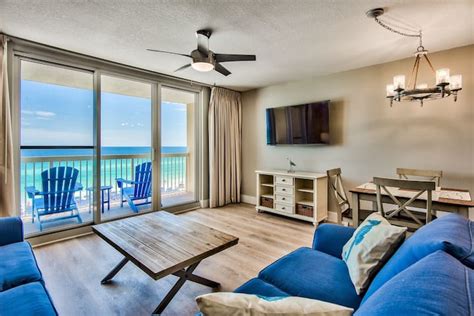The grandeur and elegance of Italianate architecture homes are a sight to behold, transporting onlookers to the rolling hills and picturesque towns of Italy. This style, which emerged in the United States during the mid-19th century, is characterized by its distinctive characteristics, drawing inspiration from the villas and farmhouses of the Italian countryside. Italianate homes are known for their balanced proportions, ornate details, and emphasis on horizontal lines, creating a sense of warmth and inviting hospitality.
One of the defining features of Italianate architecture is the use of asymmetrical facades, often with a central tower or cupola, which adds a touch of whimsy and visual interest. The exterior walls are typically constructed from brick, stone, or stucco, with a focus on texture and depth. The roofs are often flat or slightly pitched, with wide overhanging eaves and ornate brackets, providing shade and protection from the elements. The windows are usually tall and narrow, with rounded arches and ornate surrounds, allowing natural light to flood the interior spaces.
The interior of an Italianate home is just as impressive, with high ceilings, ornate plasterwork, and beautifully crafted woodwork. The rooms are often large and spacious, with a focus on comfort and entertaining. The floors are typically made of hardwood, with intricate patterns and inlays, while the walls are adorned with elaborate moldings and ornate fireplaces. The staircase is often a grand focal point, with curved lines and ornate newel posts, connecting the various levels of the home.
In terms of historical context, Italianate architecture emerged as a response to the industrialization and urbanization of the United States during the 19th century. As people moved from rural areas to cities, they sought to recreate the charm and character of the countryside in their new urban homes. Italianate architecture, with its emphasis on natural materials, ornate details, and comfortable living spaces, provided the perfect solution. The style was popularized by architects such as Andrew Jackson Downing, who wrote extensively on the subject and designed many notable Italianate homes.
Despite its beauty and charm, Italianate architecture is not without its challenges. The style requires careful maintenance and upkeep, particularly when it comes to the exterior walls and ornate details. The use of natural materials, such as brick and stone, can be expensive and time-consuming to repair, while the intricate plasterwork and woodwork demand skilled craftsmanship. Additionally, the emphasis on horizontal lines and asymmetrical facades can make it difficult to incorporate modern amenities, such as large windows and sliding glass doors, without compromising the integrity of the design.
| Characteristics | Description |
|---|---|
| Asymmetrical facades | Central tower or cupola, emphasizing horizontal lines |
| Exterior walls | Brick, stone, or stucco, with a focus on texture and depth |
| Roofs | Flat or slightly pitched, with wide overhanging eaves and ornate brackets |
| Windows | Tall and narrow, with rounded arches and ornate surrounds |

In terms of modern adaptations, Italianate architecture continues to inspire designers and homeowners alike. The style’s emphasis on natural materials, comfortable living spaces, and outdoor entertaining areas resonates with contemporary values and lifestyles. By incorporating sustainable materials, energy-efficient systems, and innovative technologies, it’s possible to create Italianate homes that are both beautiful and functional, blending traditional charm with modern convenience.
Creating an Italianate-Style Home
- Start with a focus on natural materials, such as brick, stone, and wood
- Emphasize horizontal lines and asymmetrical facades, with a central tower or cupola
- Incorporate ornate details, such as plasterwork, woodwork, and intricate moldings
- Design outdoor living spaces, including porches, verandas, and gardens
- Balance traditional elements with modern amenities and sustainable features
As we explore the world of Italianate architecture, it becomes clear that this style is more than just a aesthetic choice; it’s a way of life. The emphasis on community, connection to nature, and comfortable living spaces creates a sense of warmth and hospitality, making Italianate homes truly special. Whether you’re a historian, an architect, or simply a homeowner looking for inspiration, Italianate architecture has something to offer, inviting us to experience the beauty and charm of the Italian countryside in our own backyards.
What are the key characteristics of Italianate architecture?
+Italianate architecture is characterized by its asymmetrical facades, central tower or cupola, and emphasis on horizontal lines. The style also features ornate details, such as plasterwork, woodwork, and intricate moldings, as well as a focus on natural materials, like brick, stone, and wood.
How can I incorporate Italianate elements into my modern home?
+To incorporate Italianate elements into your modern home, consider using natural materials, such as brick or stone, for exterior walls or accent features. You can also add ornate details, like plasterwork or woodwork, and emphasize horizontal lines through the use of wide overhanging eaves or ornate brackets.
What are the challenges of maintaining an Italianate-style home?
+Maintaining an Italianate-style home can be challenging due to the use of natural materials, which require regular upkeep and repair. The intricate plasterwork and woodwork also demand skilled craftsmanship, and the emphasis on horizontal lines and asymmetrical facades can make it difficult to incorporate modern amenities without compromising the integrity of the design.
In conclusion, Italianate architecture homes are a testament to the power of design to evoke emotions and create a sense of connection to the past. By embracing the style’s characteristic elements, from asymmetrical facades to ornate details, and incorporating modern amenities and sustainable features, we can create homes that are both beautiful and functional, reflecting the best of traditional charm and contemporary living.



